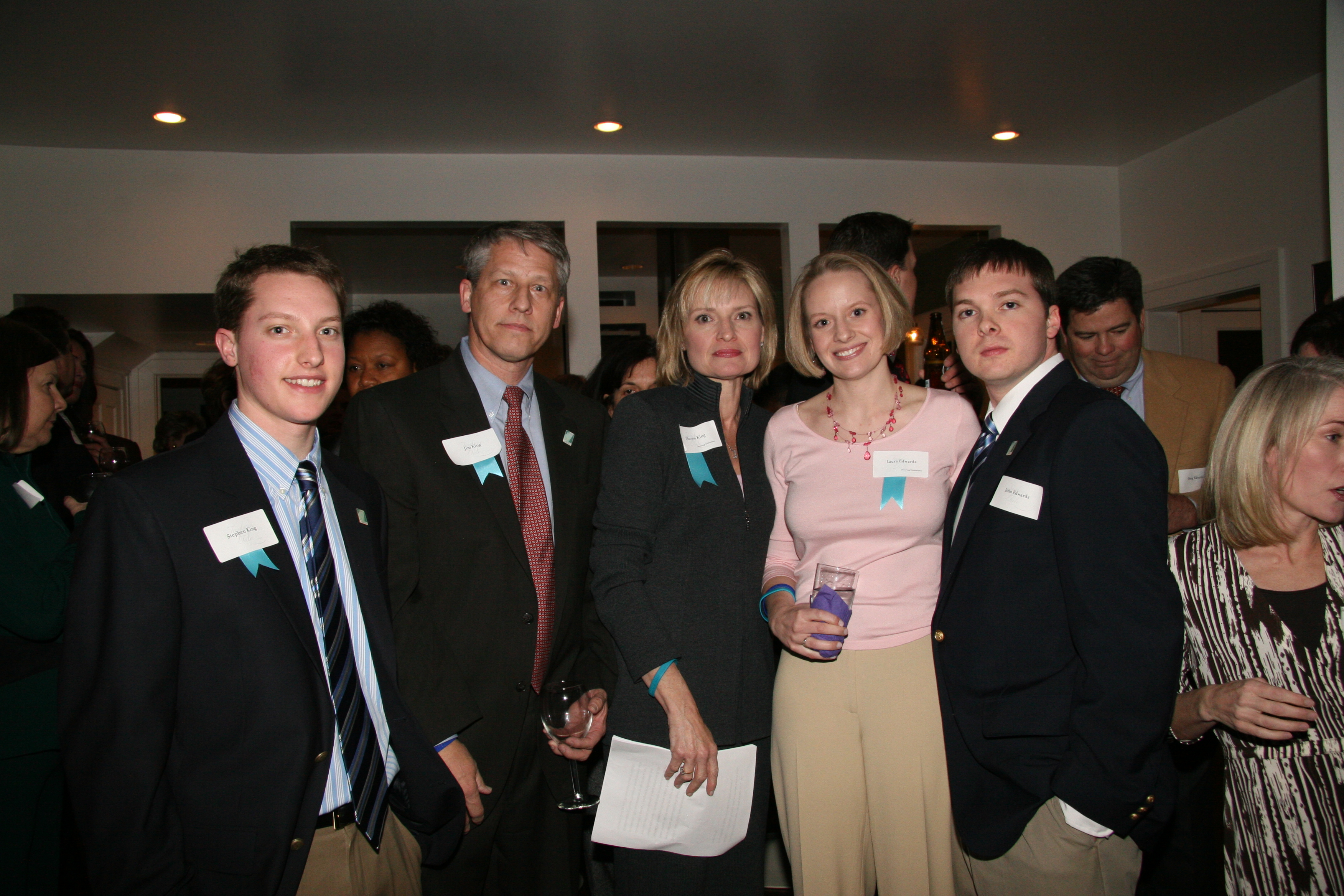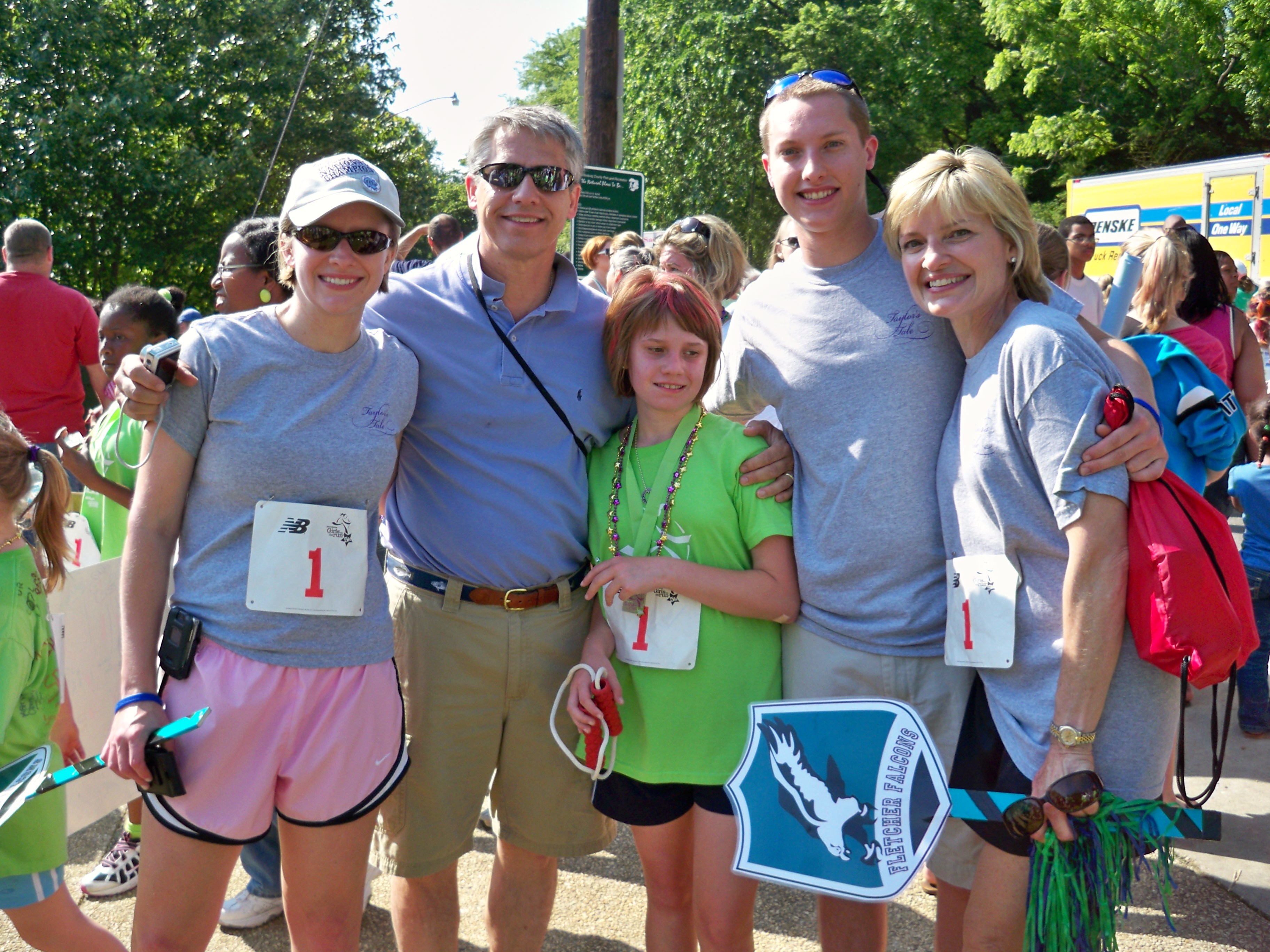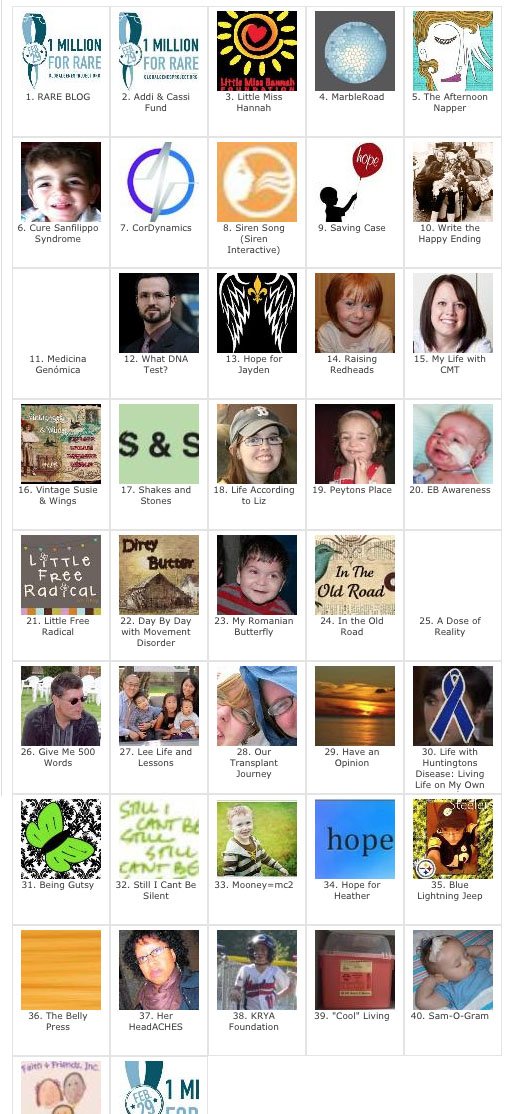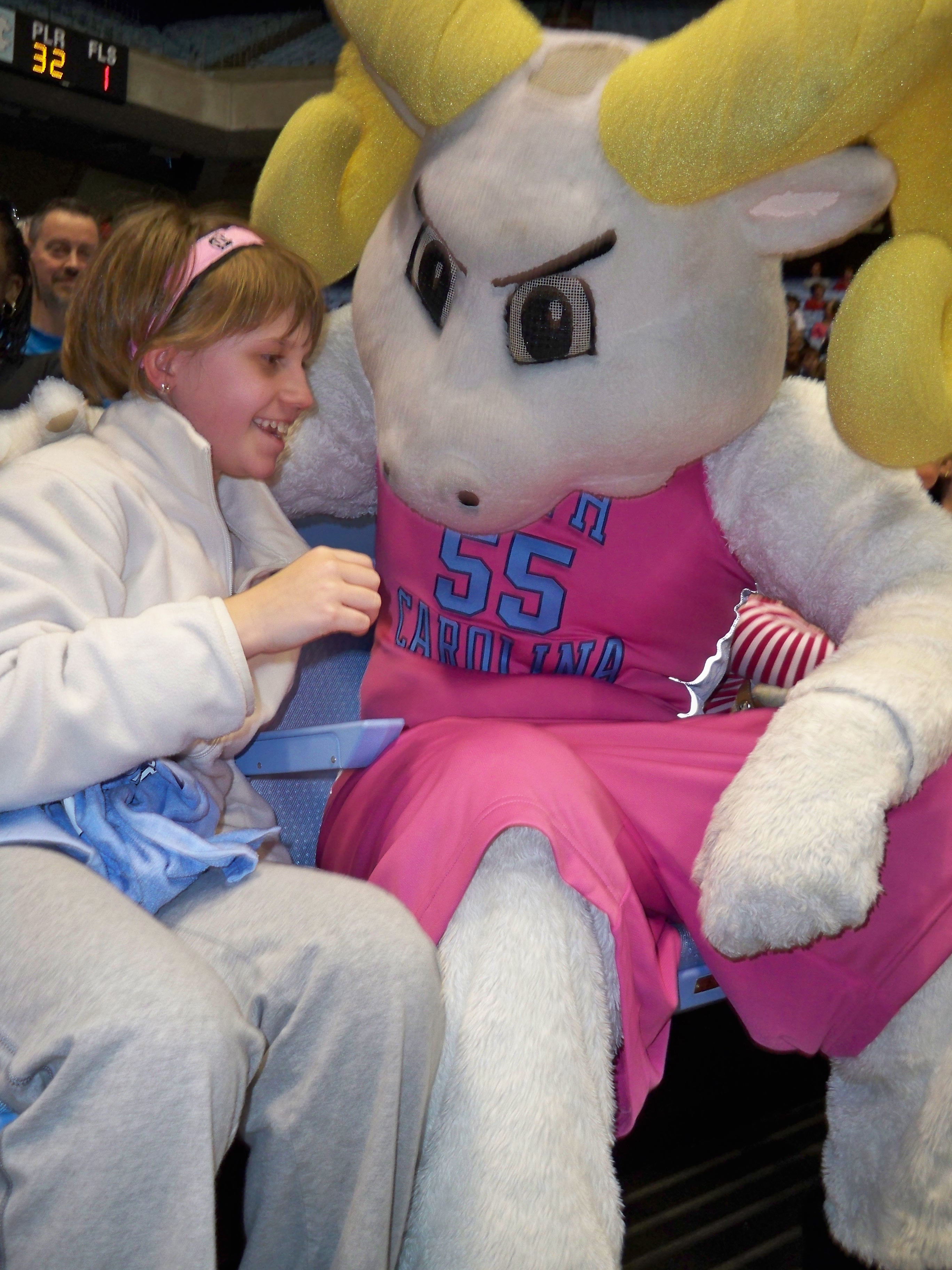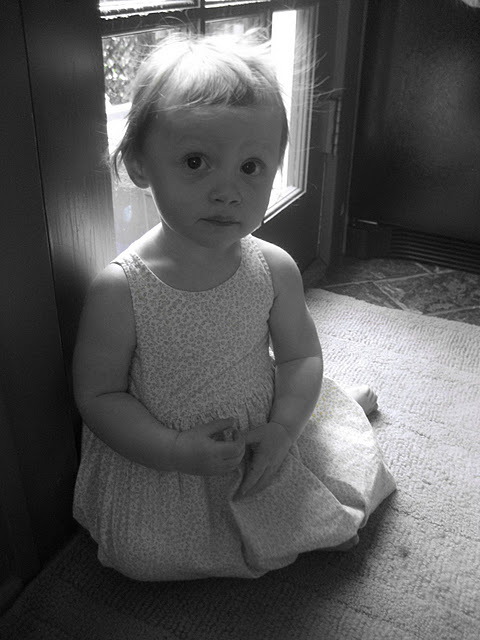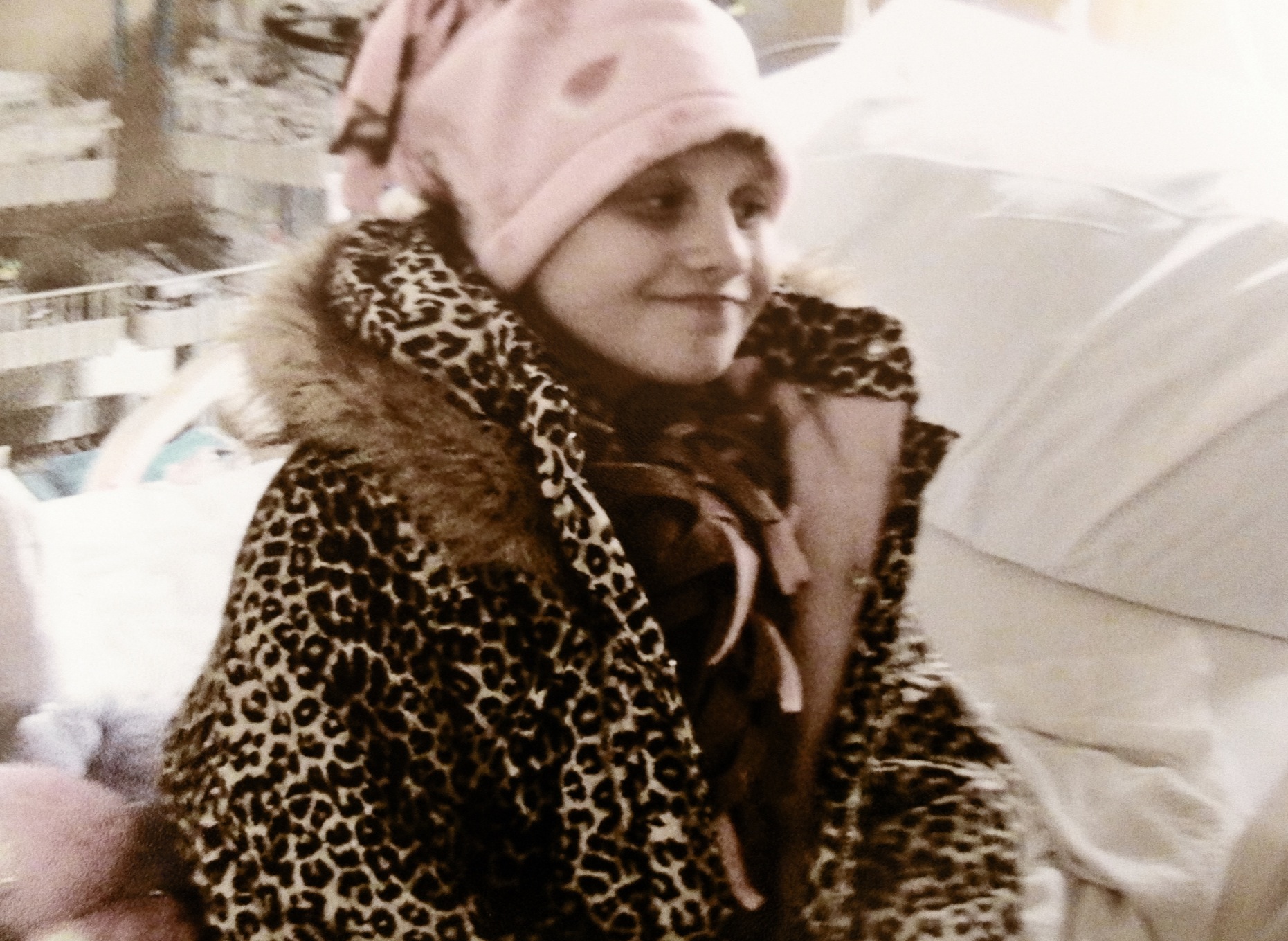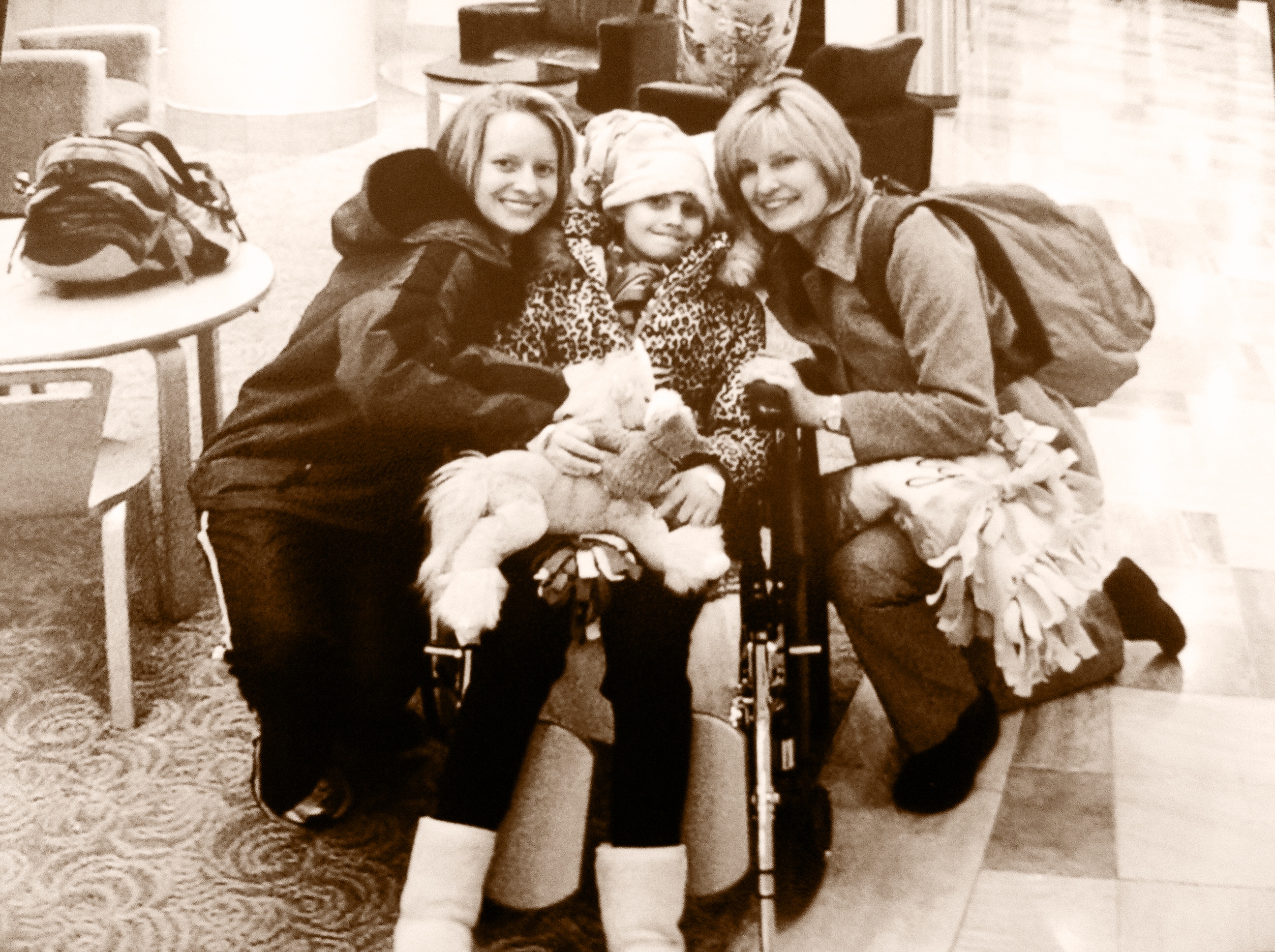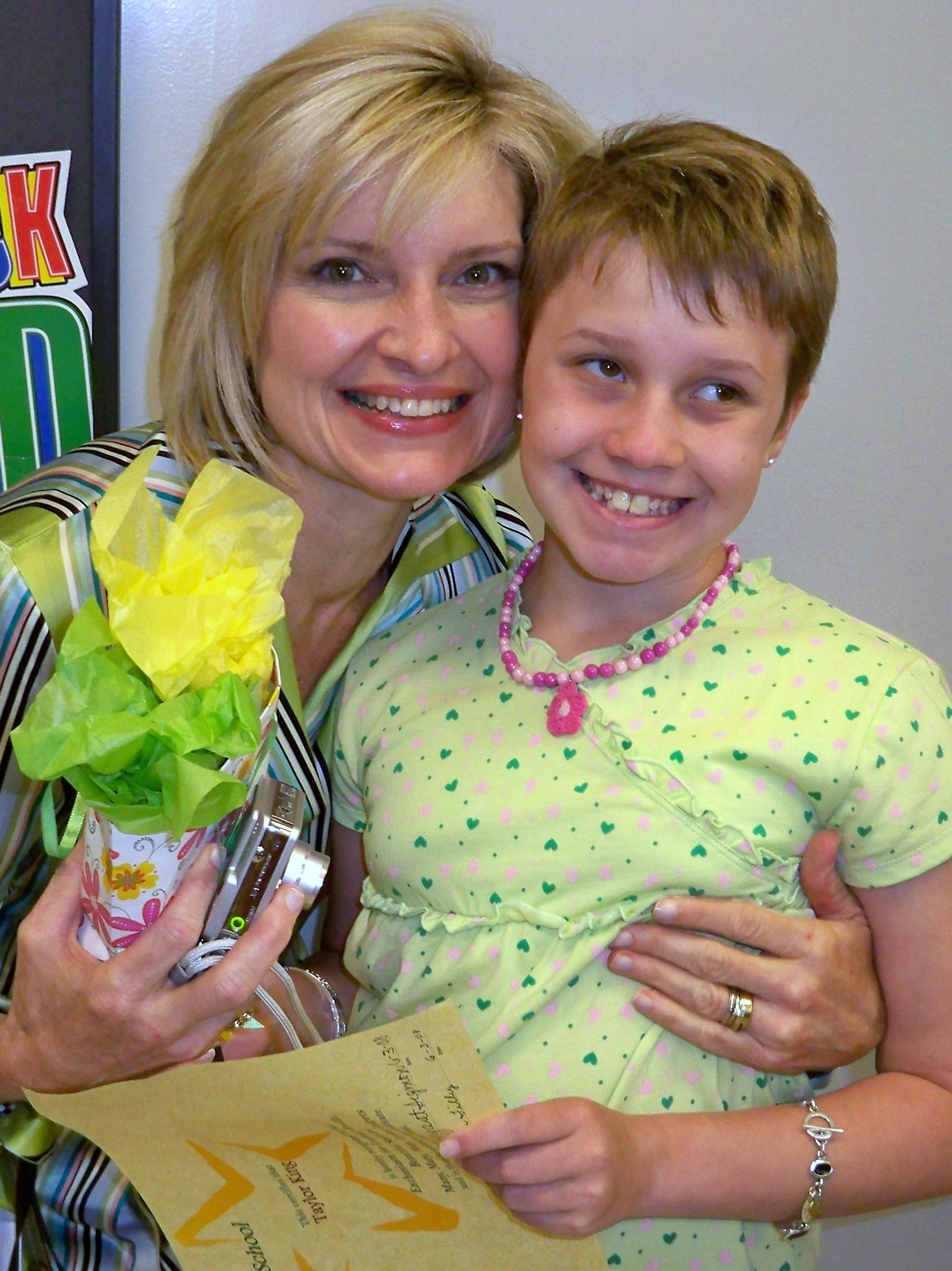In the spring of 2006, The Fletcher School, a small, private institution in Charlotte, accepted Taylor into their incoming third grade class. It wasn’t until that summer – just weeks before her first day at Fletcher – that a geneticist delivered the crushing diagnosis of infantile Batten disease, and our lives changed forever.
Some people find it easier to block out life’s most painful moments, but I haven’t forgotten anything about the days and weeks following Taylor’s diagnosis. I remember when Mom called the school’s leaders and tried to put into words the tragedy that had befallen our family. She told them she would understand if they no longer had a place for my sister.
But The Fletcher School did more than just accept my younger sister into their student body. They adopted her. It has been nearly six years since the administration assured my mother they would figure things out together. Today, my “little” sister is almost as tall as I am and will be 14 in August. When she first walked through the doors of The Fletcher School as a third grader, she still had almost all of her vision; on the surface, infantile Batten disease had very little of her.
Even as Batten disease continued to tighten its grip on my sister during the past several years, I never worried that the kids at school would be cruel to her. I simply worried that they would be human – that they would get caught up in their own lives, and that Taylor, blind and struggling with her speech, would simply miss the wave.
It would be disingenuous of me to claim that Taylor has had the benefit of every moment – of every memory – that her friends have experienced. I refuse to sugar-coat Batten disease; nothing about it is easy; there is no silver lining. But her friends have made every effort to illuminate Taylor’s dark world with small acts of great love. I think many adults would do well to take a lesson from the students at Fletcher who have found a way to put a smile on my sister’s face when she has every right to be angry at the world.
A few weeks ago, my parents told me the kids and teachers at Fletcher were working on a “cardio craze” fundraiser for Taylor’s Tale. They planned to ask Andre Hairston, a local celebrity and fitness instructor who had supported our organization in the past, to lead the session.
We didn’t hear much more after that. This morning, when Dad dropped Taylor off at school, he guessed that half the student body wore purple or pink – Taylor’s favorite colors. And when I entered the gym for the event this afternoon, I walked into a sea of glitter, sparkle and love. 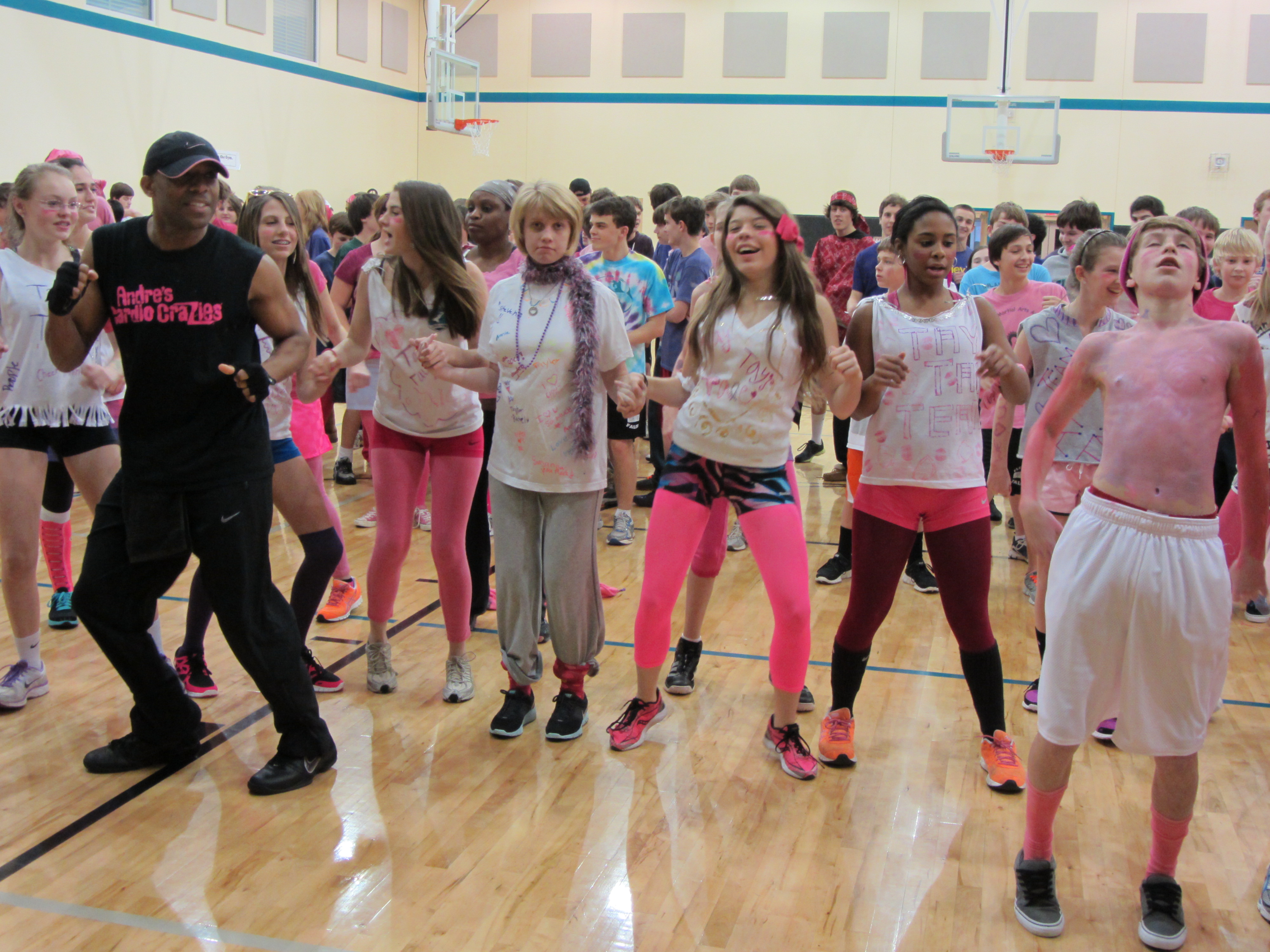
I can only imagine the number of inspiring stories that will continue to make their way to me in the coming days and weeks, but here are a few I heard today:
Students had to pay $5 to attend the fundraiser. But one student donated the contents of his allowance jar – over $150.
One student paid the minimum $5 to attend. The day before the fundraiser, she told one of the teachers she wanted her money back. When asked why, she produced a $20 bill. She explained that she received the money for her 16th birthday; when she realized that many children with Batten disease never get to celebrate their 16th birthday, she knew she wanted to give her birthday money to Taylor’s Tale.
Taylor’s girlfriends danced with her throughout the entire event; when the crowd turned to face a different wall, they always made sure she faced the right way. When Andre invited the girls onto the stage toward the end of the program, they helped her navigate the stairs so she wouldn’t get left behind.
The kids at Fletcher put on an event that took place in a school gym, lasted a mere 45 minutes and yet raised more than $3,500 in support of our fight against Batten disease. That is a lot of money. But I hope they know that more than the money they raised, the heart they put into the event – and the kindness they show toward my sister each and every day – are what define them. Today, they gave me a much-needed reminder that even in the face of great tragedy, angels are everywhere. 
Special thanks to the Fletcher School’s students, teachers and administrators and Andre Hairston for staging this incredible event for Taylor’s Tale.

